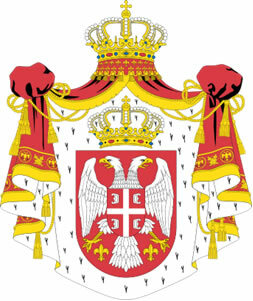The universe has billions of galaxies, composed of planets, asteroids, stars, comets, natural satellites, cosmic dust, among other celestial bodies.
There are a lot of stars in the universe, with different sizes. Stars are bodies that exhibit luminosity because they carry out various thermonuclear reactions within them, releasing energy.
Despite technological advances and the various researches carried out by astronomers and astrophysicists on the universe, it is not yet possible to affirm its dimension, due to its great extension and complexity.
There are several galaxies in the universe, one of which is the Milky Way, where the solar system is located. The solar system is a set of bodies that revolve around a main star, the Sun.
The planets that make up the solar system are: Mercury, Venus, Earth, Mars, Jupiter, Saturn, Uranus and Neptune. Pluto, for decades, was considered a planet in the solar system, however, in 2006, the International Astronomical Union (IAU) classified this celestial body as a “dwarf planet”.
The Earth, the third planet from the Sun, has only one natural satellite, the Moon, located about 380 thousand kilometers away from our planet.
By Wagner de Cerqueira and Francisco
Graduated in Geography

